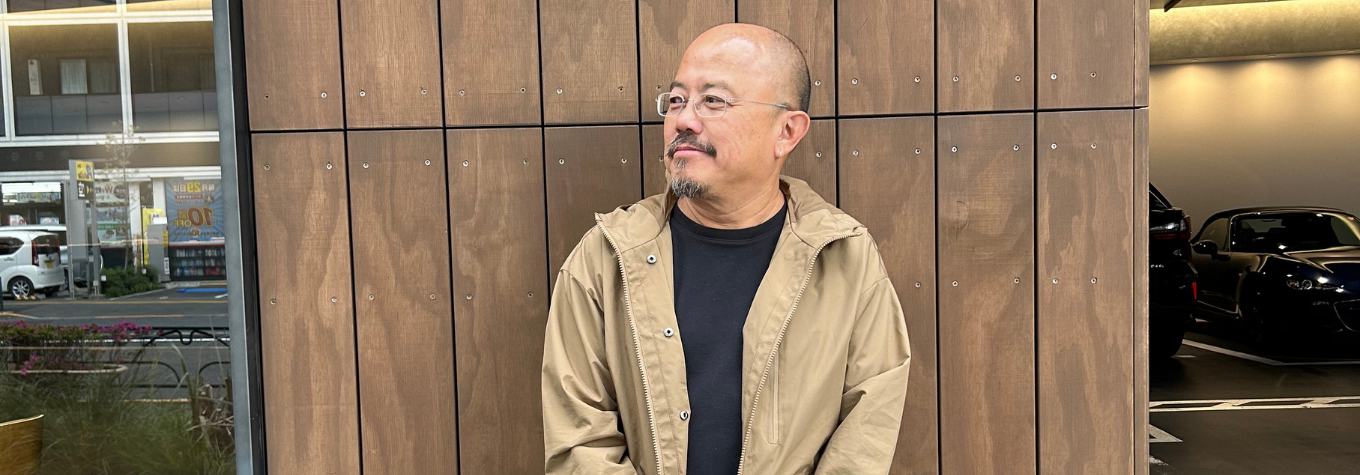Steven Tan, one of the top automotive executives in the Philippines, has called bustling Metro Manila home for over a decade. Here‘s why he loves living in the city, where he goes for great grub, and how it‘s the perfect springboard for scuba diving adventures
Photography: Shutterstock
I was born in Petaling Jaya, a suburb of Kuala Lumpur, and attended Methodist Boys School up to my O-Levels. I completed my tertiary education in Toronto, Canada. My first overseas posting was in Bangkok with the Ford Motor Company in 2000, covering various roles within the Asia- Pacific region.
All this culminated in my move to the Philippines 12 years ago when I took the helm of CEO of Mazda Philippines. My family and I have made a home in Makati City, the country’s financial hub, right amongst its many developments and clusters of high-rise buildings. Metro Manila is one giant sprawl of 16 cities – including Manila itself – and is quite cosmopolitan, so you’ll always have something fun and interesting to do here.
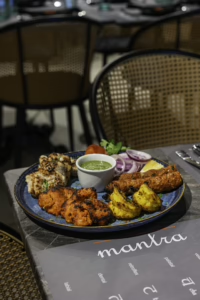
A global foodie haven
As a Malaysian, food is a big thing for me of course. Thankfully, it’s also a big deal for Filipinos, and you’ll never run out of food choices in Metro Manila. There are a lot of restaurants serving classic and modern takes on traditional Filipino food, but the options have also become so diverse thanks to the influx of expats and tourists, not to mention well-travelled locals hankering for international cuisines.
Many of these restaurants are located at the Ayala Center in Makati and the nearby Bonifacio Global City, two upscale districts for commerce, executive residences, luxury hotels, bars and restaurants, signature boutique shops and family recreation. For a taste of home, my family and I often visit Mamak Malaysian Kitchen for nasi lemak, curry laksa and the comfort food we grew up with. Another must-try spot is Tiong Bahru, Singapore’s Michelin Bib Gourmand Awardee for the past six years, which has several branches in the city and is famous for its Hainanese Boneless Chicken Rice.
We also frequent Mantra Indian Kitchen & Bar for authentic North Indian cuisine. It’s one of the best Indian restaurants in the city and they have awards to show for it.
For inexpensive Thai street food, swing by Krapow in Poblacion, the former city centre of Makati. Poblacion has become a quaint food hub and nightlight spot. This little district by the Pasig River, which cuts through the metropolis, has managed to preserve its retro charm despite the urbanisation around it.
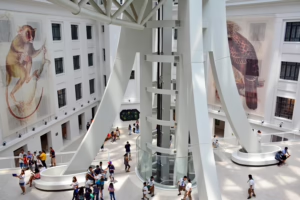
Soul of Manila
Although I live in an urban centre, I like exploring historic quarters. For a glimpse of the capital’s cultural heritage, tour the Spanish-era Walled City of Intramuros and the adjacent Rizal Park, where you’ll find a monument to Jose Rizal, the country’s national hero who inspired the revolution against the colonial Spanish government. Just outside Intramuros is the National Museum Complex which has three buildings, each one with impressive exhibitions on art, archaeology and natural history (this one is a must-see).
If time allows, immerse yourself in Binondo, widely acknowledged as the world’s oldest Chinatown, established in 1594. It’s a great foodie destination where you can feast on tasty Chinese treats, especially at the well-loved Lord Stow’s Bakery from Macau, known for its bestselling egg tart.
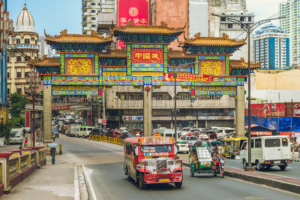
Drive and dive
Diving is how I decompress from work, so I’m in the perfect location for indulging in my favourite hobby. One of my favourite things to do on weekends is to head out to Batangas, a two-hour scenic drive south of Manila. I drive all the way to Anilao, a small village that’s in the apex of the Coral Triangle, the centre of marine biodiversity. This makes for an excellent diving spot, with some 40 dive sites that are home to species like the nudibranch. There are several cosy accommodations – like the rustic Planet Dive, a pet-friendly, intimate resort – that are perfect for dining, beach bumming or unwinding with family and friends, even if you don’t dive.
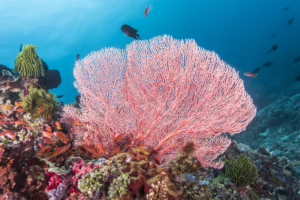
Scuba country
Manila is a great gateway to the oceanic beauty of the Philippine archipelago – over 7,600 tropical islands of crystal-clear waters, powdery white beaches and rich marine biodiversity, making it one of the world’s best diving destinations. Other top diving hotspots are in the towns of Dauin, Moalboal, Panglao and Sablayan (Apo Reef), in the central part of the country.
Tubbataha Reefs Natural Park in Palawan, a Unesco World Heritage Site and a Ramsar Wetland of International Importance, is a legendary dive expedition because of its wondrous underwater world of megafauna: whale sharks, sea turtles, manta rays, hammerheads and tiger sharks. Plus, the experience of a liveaboard, where you spend days in the middle of nowhere, surrounded by nothing but the ocean, is something really special.
